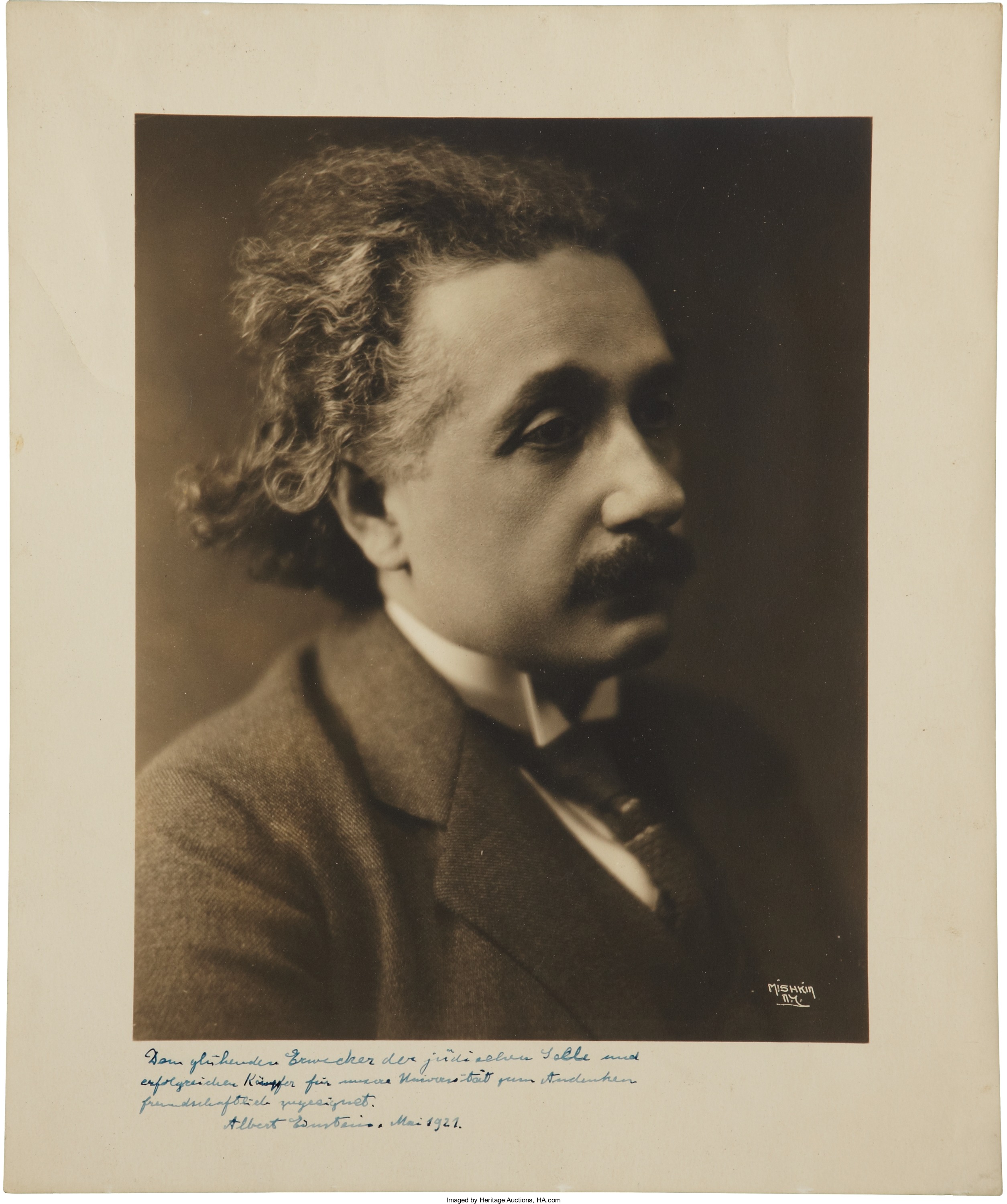
By Jim O’Neal
Albert Einstein called it “the greatest blunder of my life.”
Since he was not a cosmologist, he had accepted the prevailing wisdom that the universe was both fixed and eternal. As a result, when he was formulating his general theory, he dropped into his equations something called the “cosmological constant.” It was designed to arbitrarily counter the effects of gravity.
Typically, history books tend to forgive Einstein for this lapse but in reality, it was a terrible piece of scientific work … and he knew it.
Fortunately, Vesto Slipher at the Lowell Observatory in Arizona was taking spectrographic readings of distant stars and noticed a Doppler shift. That proved, beyond any doubt, that the universe was NOT static. The stars were moving away from Earth, which implied an expansionary condition. This was simply astounding and reversed all conventional thinking about a fixed universe.
Unfortunately, Edwin Hubble took all the credit for this remarkable discovery. It is what propelled him into becoming the most outstanding astronomer of the 20th century. (Maybe more on him later since he had such an inflated view of his importance.)
Now, however, flash back to a young Einstein and we find he was a mere assistant clerk in the Swiss patent office. He had no university affiliations, no access to a lab and only a modest library at the patent office.
He had been rejected for an assistant teaching position and was passed over for promotion until “he learned more about machine technology.”
He had a lot of spare time, which he used to gaze out his window and just think.
Then in 1905, he published a series of five scientific papers, of which three, according to C.P. Snow, “were among the greatest in the history of physics.”
The first would earn Einstein a Nobel Prize. The second provided proof that atoms DID exist – a fact that had been in dispute.
The third simply changed the world.
To learn more, read “Einstein: His Life and Universe” by Walter Isaacson (2007).
 Intelligent Collector blogger JIM O’NEAL is an avid collector and history buff. He is President and CEO of Frito-Lay International [retired] and earlier served as Chairman and CEO of PepsiCo Restaurants International [KFC Pizza Hut and Taco Bell].
Intelligent Collector blogger JIM O’NEAL is an avid collector and history buff. He is President and CEO of Frito-Lay International [retired] and earlier served as Chairman and CEO of PepsiCo Restaurants International [KFC Pizza Hut and Taco Bell].
